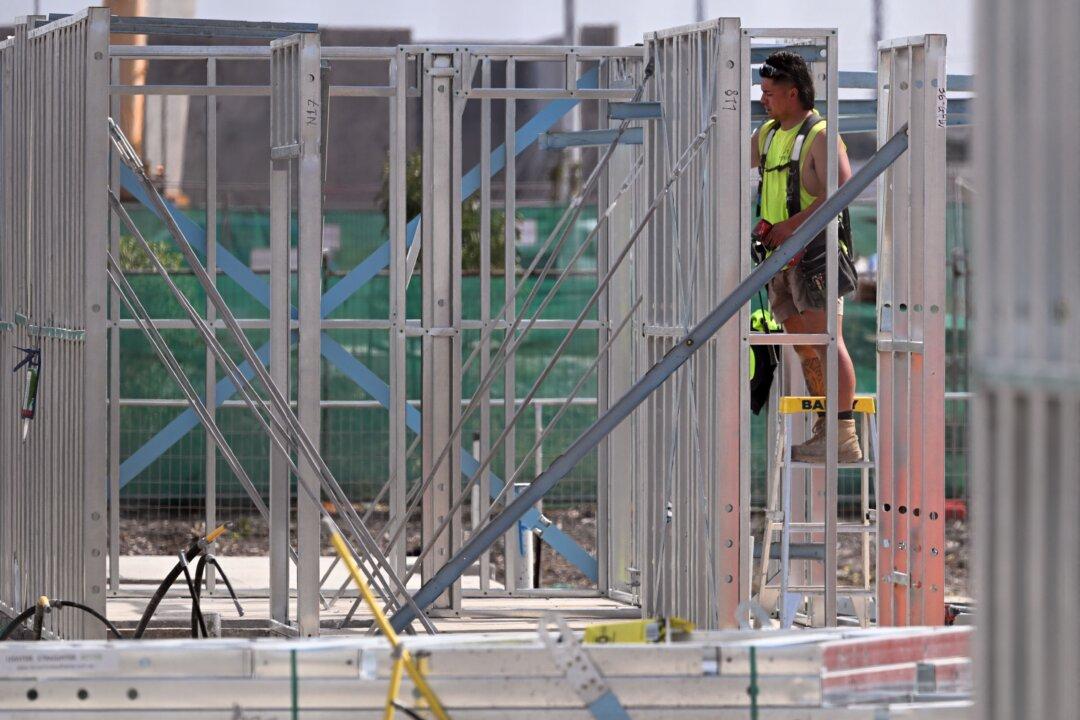Australian businesses are facing greater insolvency risks as tax regulators and creditors speed up their debt collections.
According to the latest data collected by Insolvency Australia, an online insolvency platform, the business community has seen a surge in the number of firms going bankrupt.





